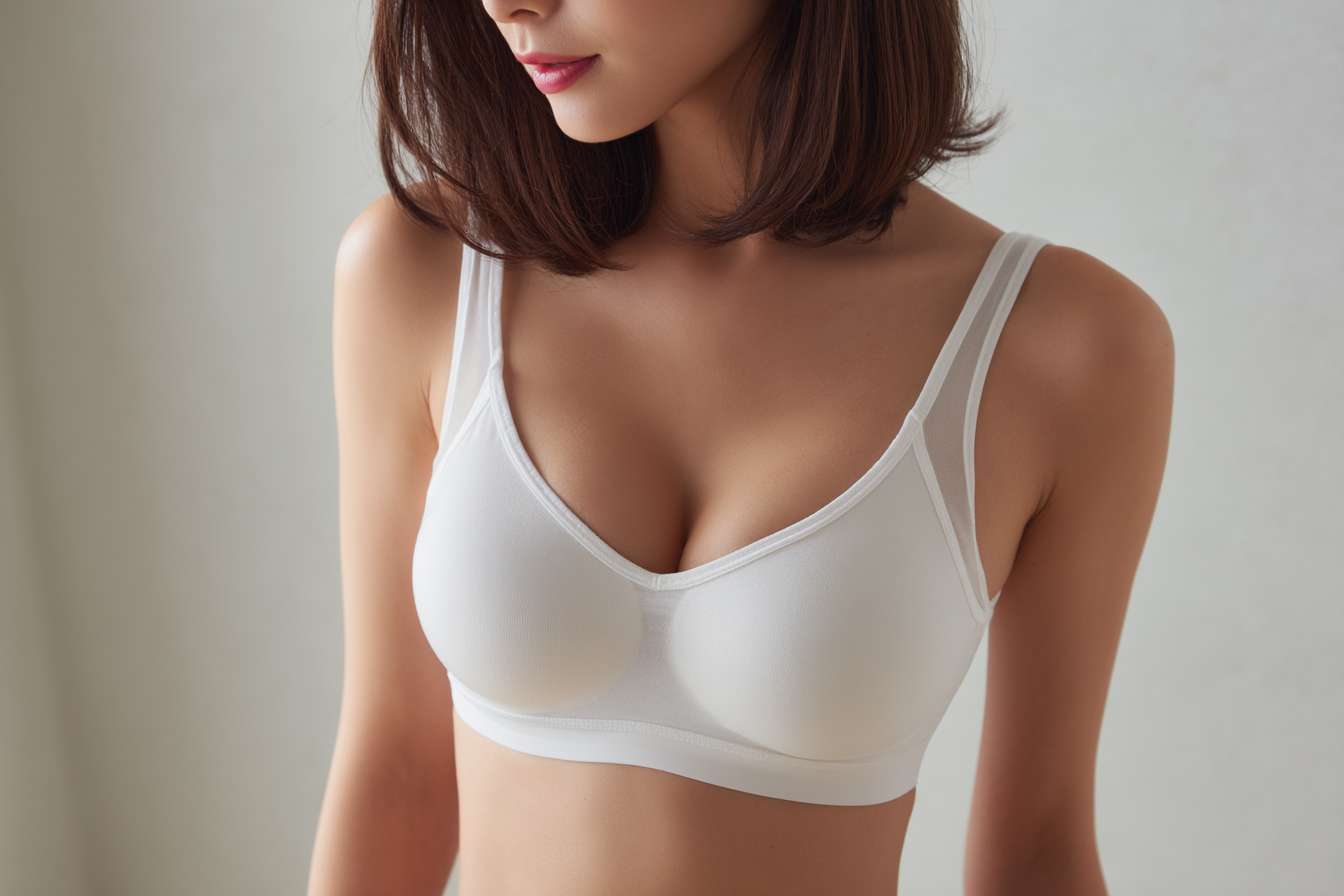Panties for Women: Trends 2025
The year 2025 marks a significant shift in women's lingerie, where underwear has transformed from purely functional garments to sophisticated fashion statements. This evolution reflects changing consumer expectations, technological advancements in fabric manufacturing, and a growing emphasis on personal comfort and style. Modern women are investing more thoughtfully in their undergarments, seeking pieces that offer both practical benefits and aesthetic appeal while embracing inclusivity across all body types and preferences.

What Key Panty Styles Are Shaping Women’s Lingerie in 2025?
The landscape of women’s underwear has diversified remarkably, with several distinctive styles gaining prominence. High-waisted briefs continue their reign, offering both vintage appeal and modern comfort with their flattering silhouette that elongates the torso. Brazilian cuts remain popular for their balanced coverage and flattering fit, while boy shorts appeal to women seeking more substantial coverage without sacrificing style.
Seamless designs have become increasingly sophisticated, utilizing advanced construction techniques that eliminate visible panty lines while maintaining structural integrity. Thong styles have evolved beyond basic designs, incorporating wider waistbands and decorative elements that transform them into fashion pieces. Additionally, period-proof underwear has gained mainstream acceptance, featuring innovative absorption technology that combines functionality with attractive designs.
How Do Fabrics Influence Comfort and Everyday Wear?
Material innovation stands at the forefront of underwear evolution, with manufacturers prioritizing both comfort and performance. Bamboo fiber has emerged as a premium choice, offering natural antimicrobial properties, moisture-wicking capabilities, and exceptional softness that rivals traditional cotton. Modal and micromodal fabrics provide silk-like smoothness while maintaining breathability and durability through multiple wash cycles.
Sustainable materials are increasingly important to consumers, with recycled polyester and organic cotton becoming standard options. These eco-friendly alternatives maintain the performance characteristics women expect while reducing environmental impact. Advanced moisture-management technologies embedded in fabrics help regulate temperature and prevent discomfort during physical activity or throughout long workdays. Memory foam waistbands and strategically placed stretch panels enhance fit and prevent rolling or bunching.
What Color, Style, and Fit Trends Define Women’s Panties in 2025?
Color palettes have expanded beyond traditional neutrals to embrace bolder expressions of personality. Earth tones like terracotta, sage green, and warm camel reflect the broader fashion trend toward natural aesthetics. Jewel tones including emerald, sapphire, and amethyst offer luxurious alternatives to basic black and white options.
Fit technology has advanced significantly, with brands utilizing 3D body scanning data to create more inclusive sizing systems. Extended size ranges now accommodate a broader spectrum of body types, with many brands offering 15 or more size options compared to the traditional 5-7 sizes. Adjustable elements like removable padding and convertible waistbands allow for customization based on individual preferences and outfit requirements.
Prints and patterns have become more sophisticated, featuring subtle geometric designs, delicate florals, and abstract patterns that complement rather than clash with outer garments. Matching sets remain popular, but mixed-and-matched coordinating pieces allow for greater versatility and personal expression.
Why Are Panties Evolving From Basics to Fashion Statements?
The transformation of underwear from purely functional items to fashion pieces reflects broader cultural shifts in how women view self-care and personal expression. Social media influence has played a significant role, with intimate apparel becoming more visible in lifestyle content and fashion inspiration. This visibility has elevated consumer expectations regarding design, quality, and aesthetic appeal.
The work-from-home trend accelerated during recent years has also influenced purchasing decisions, with women investing in comfortable yet attractive undergarments that make them feel confident even in casual settings. The concept of “invisible luxury” has gained traction, where high-quality underwear serves as a form of personal indulgence that enhances daily confidence without external visibility.
Furthermore, the democratization of lingerie design through direct-to-consumer brands has introduced more innovative and personalized options to the market. These companies often prioritize unique design elements, sustainable practices, and inclusive sizing, pushing traditional retailers to elevate their offerings accordingly.
How Does Inclusivity Shape Modern Panty Collections?
The role of inclusivity extends far beyond size ranges, encompassing cultural sensitivity, diverse representation in marketing, and acknowledgment of different lifestyle needs. Brands are developing products specifically designed for various life stages, from puberty through menopause, recognizing that comfort and fit requirements change over time.
Gender-inclusive designs have emerged, with some brands offering underwear that appeals to individuals across the gender spectrum. These designs often feature neutral colors, comfortable cuts, and versatile styling that doesn’t conform to traditional feminine or masculine aesthetics.
Adaptive underwear for individuals with mobility challenges or medical needs has gained attention, featuring magnetic closures, extended tabs for easier removal, and seamless construction that prevents irritation for those with sensitive skin conditions. This expansion of options ensures that all women can access comfortable, attractive underwear regardless of their physical circumstances or personal preferences.
The emphasis on inclusivity also extends to price points, with brands offering a range of options from basic everyday essentials to luxury pieces, ensuring that quality underwear remains accessible across different economic circumstances while maintaining standards of comfort and durability.
Conclusion
The evolution of women’s underwear in 2025 represents a convergence of technological innovation, cultural awareness, and changing consumer expectations. As the industry continues to prioritize comfort, sustainability, and inclusivity, women have access to more options than ever before. This transformation reflects a broader recognition that everyday essentials deserve the same attention to quality and design as any other fashion category, ultimately empowering women to make choices that align with their personal values and lifestyle needs.




